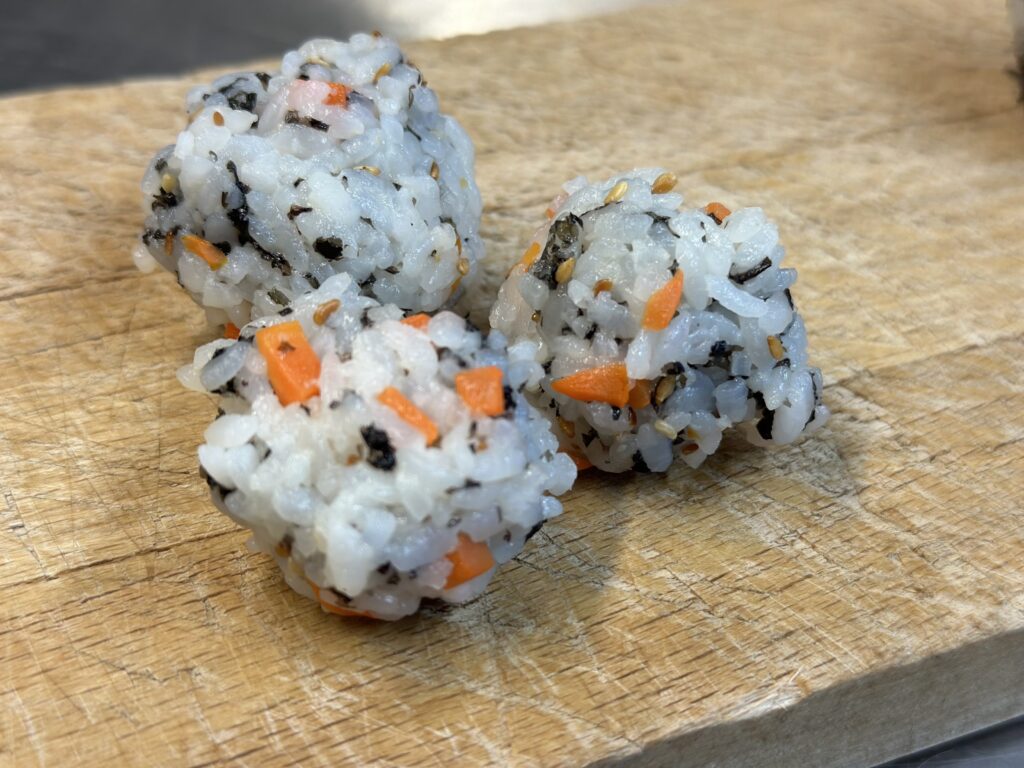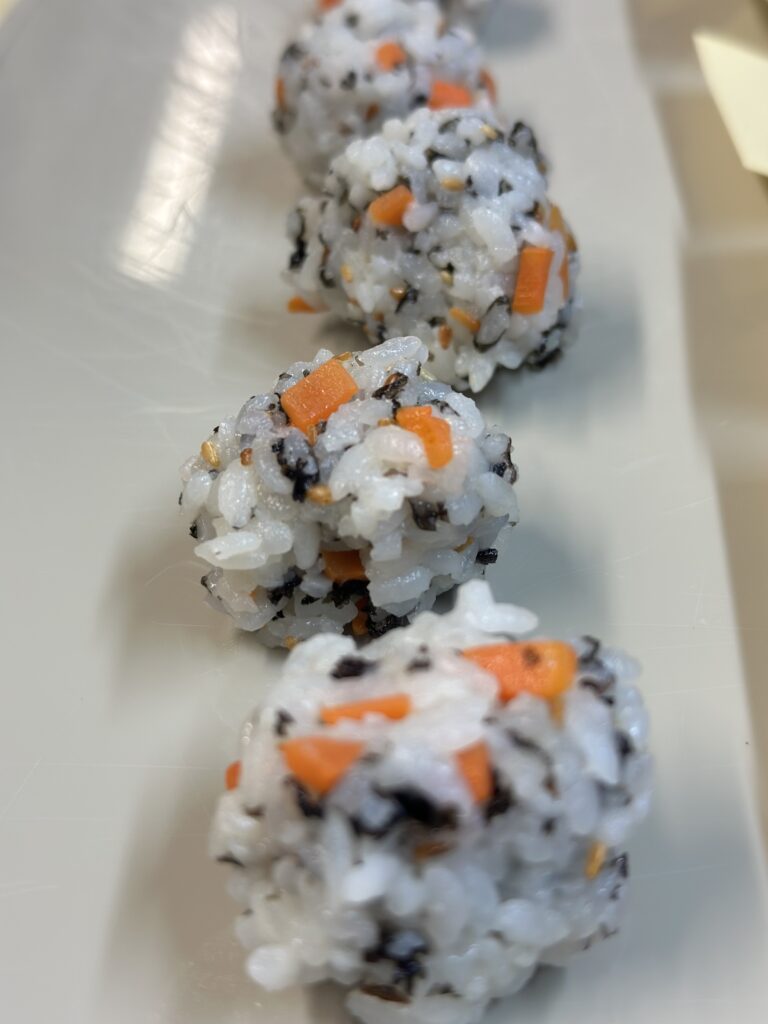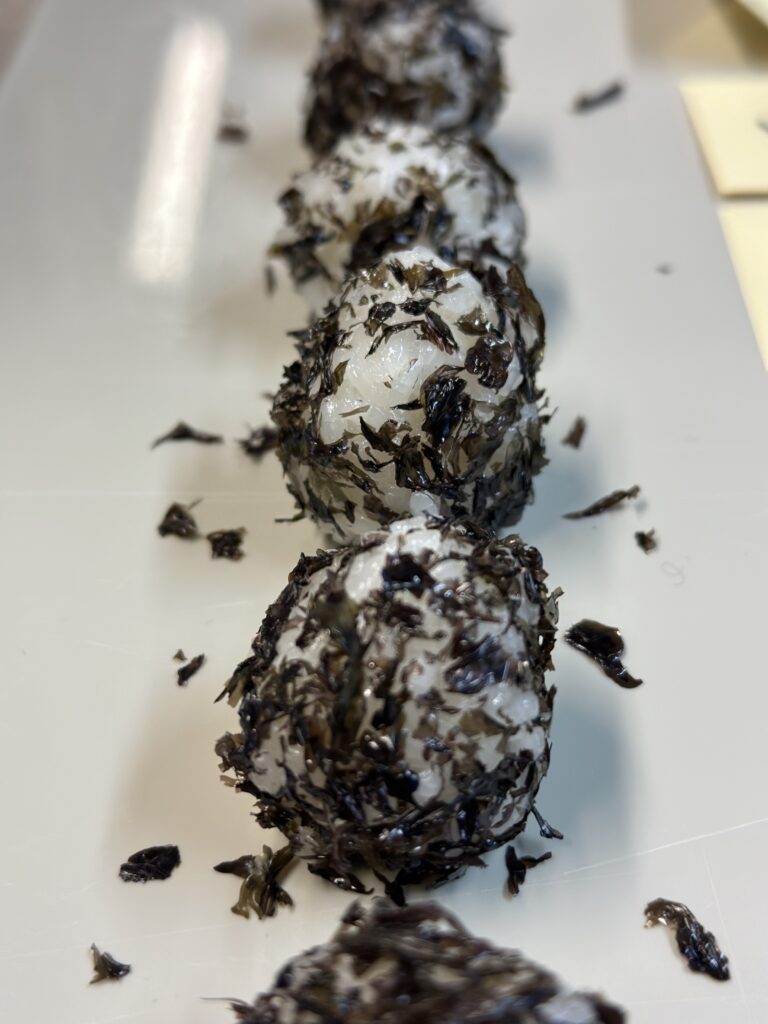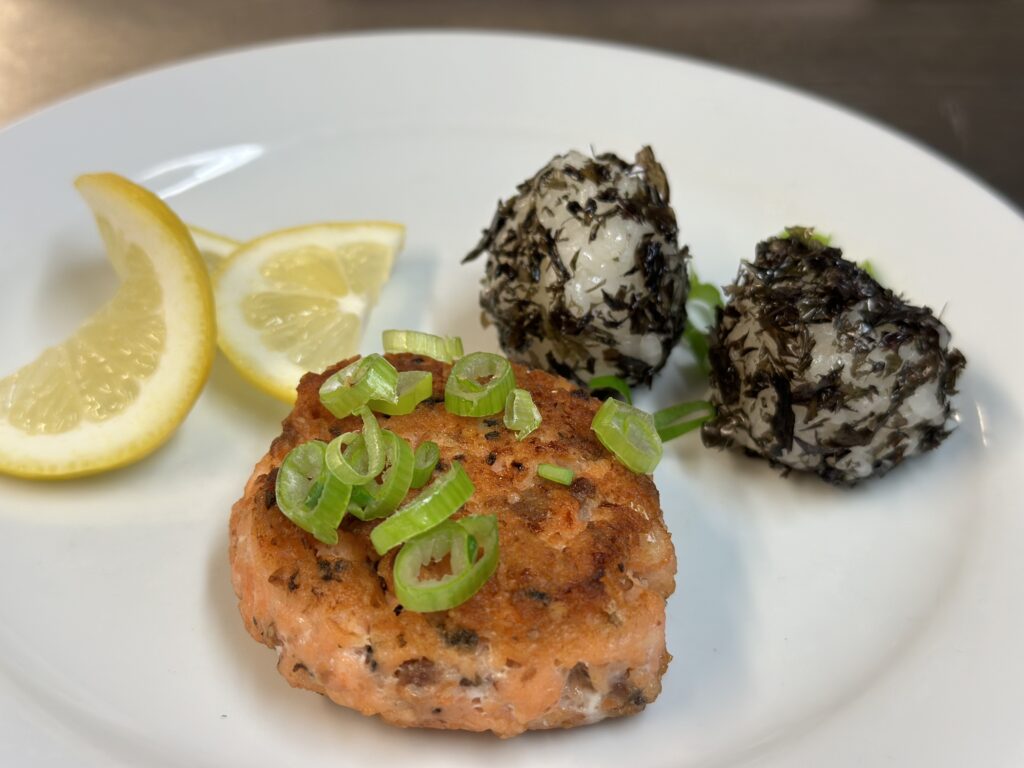Authors: Hanne Dalsvåg, Guro Møen Tveit, Solveig Uglem at SINTEF Ocean
In the SEAFOODTURE project, we aim to valorise seaweed as a source of proteins to produce sustainable, high value and high nutritional quality food products. This will be done by developing protein-rich seaweed extracts that will be tested as ingredients in different food prototypes.
Adding seaweed as ingredient could be relevant for several different food products. SINTEF will explore potential products with short shelf-life (like fresh meat and seafood varieties), while project partner Porto-Muiños is working in parallel with shelf stable products (typically dried products like cereals).
As the seaweed extract is still under development, the food team at SINTEF is now currently exploring options with dried seaweed to get to know the raw material and how different seaweed species could work in different food products. In SINTEF, we have a kitchen lab making us able to play around with different ideas and recipes. We performed some preliminary trials to explore the effect of adding different seaweeds on the appearance of food products (colour, texture), smell and taste. This will give us a better understanding of possible directions of the seaweed extract later in the project, as well as serve as a backup plan if the extracts are not done in time.
In the first round we investigated addition of different amounts of green algae Ulva spp. and the red algae Gracilaria spp., both as dried powder. When added into fish cakes (haddock), the dried seaweed powders influenced the colour of the products a lot. In the next round, red algae Dulse (Palmaria palmata, inpowder form) and Porphyra, better known as Nori (as dried flakes) was investigated. Using results from an ongoing consumer study (performed by project partner Innovate Solutions in Ireland) it was decided to explore fish burgers with salmon and rice balls (Korean style Jumeokbap). This gave promising initial results. The colour of red algae was nicely camouflaged in the salmon burger patty, and the smell was fresh and reminded of sushi. The rice balls were prepared two ways; using nori around or inside the rice ball. The lab team really enjoyed the appearance and taste of the rice balls, and we envision rice balls with dried Nori as a perfect light meal, snack or as a side dish.






